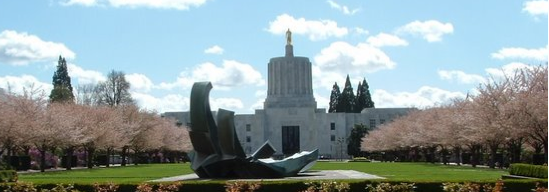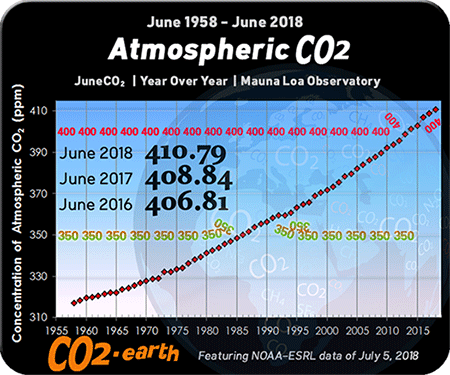 A Danish CHP facility providing heat for nearby greenhouses. Image via Wikipedia
A Danish CHP facility providing heat for nearby greenhouses. Image via Wikipedia
Guy wants to build a natural gas-fired electric plant right in Keizer Station-- where there could be many, many uses for the waste heat if the plant was designed and built from the start as a combined heat and power (CHP) facility. In addition to heat in the winter, CHP plants can even produced chilled water for air conditioning for nearby buildings and businesses in the hot months and excess heat can be used for maintaining soil temperatures to promote growth in urban agriculture.
There's the old saying about "Opportunity knocks but once" --- true here. Even truer is the fact that many people fail to recognize opportunity when she knocks because she's wearing work clothes. This is a perfect example -- the easiest thing to do would be to ignore the rich potential of using the waste heat from the plant and just focus on electricity. But with some forethought and a little elbow grease, Keizer could vault into the lead of Oregon municipalities in terms of guaranteeing itself a better, more prosperous future for decades.
UPDATE: An example of how valuable waste heat can be to Oregon nurseries.

![Reblog this post [with Zemanta]](http://img.zemanta.com/reblog_e.png?x-id=9fefcf5d-1941-4c56-9d61-b28dc89e9c0a)




1 comment:
Glad you're writing about the potential for CHP in Oregon. Opportunity is indeed knocking. I'm associated with Recycled Energy Development (www.recycled-energy.com), a company that does this work and whose president, Sean Casten, has given an interview on NPR about how much this kind of work could help the Pacific northwest.
Nationwide, the potential here is absolutely staggering, with DOE and EPA estimates suggesting the country could use these technologies to slash greenhouse gas emissions by 20%. That’s as much as if we took every passenger vehicle off the road. Meanwhile, costs would fall due to increased efficiency. We should be doing much more of this.
Post a Comment